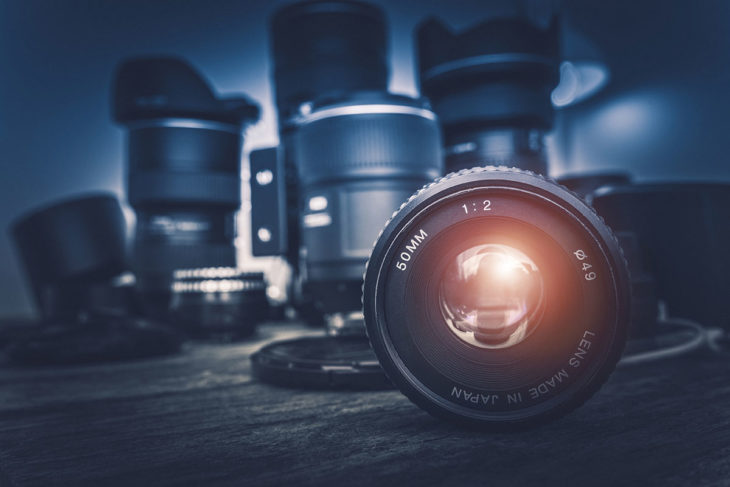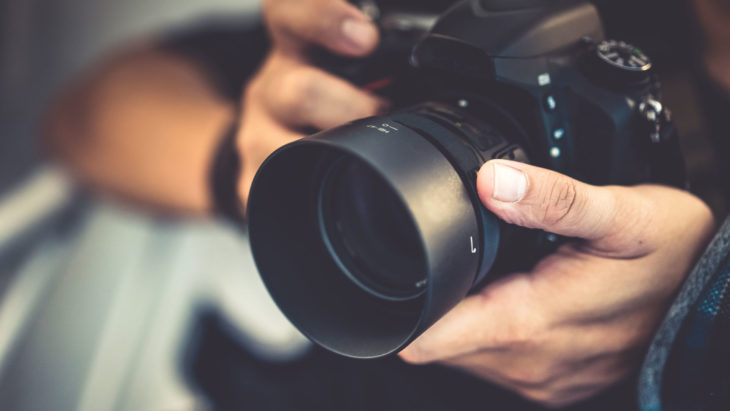Jonathan Matsumoto, known online as Jonny Mats, is a celebrity photographer who has worked with Billboard Hot 100 charting artists like Polo G and Saweetie. Based on his experience working in intense situations, like in the middle of a concert or music festival, he has the following suggestions for people to improve their photography:
Contents
1. Don’t overuse the flash
This is probably the most common mistake I see, even from professionals. While many people are aware of the red-eye effect, where applying flash turns people’s eyes to a red color, there are other reasons why overusing flash can cost you.
When professionals analyze photos, they break light down into thirds: the shadows, midtones, and highlights. When you use your flash, this tends to shift the visual information away from the shadows and midtones and towards the highlights. This can “wash out” the colors that were originally there and make contrasting colors appear the same: a bright white spot. This is most common with skin tones, which often appear white, especially when the flash is pointed directly at a person.
When you sit down to finally edit the photos, it’s often impossible to get the original quality back. Lowering the brightness on these pictures, you will find these spots turn to ugly shades of grey, which do not look natural. When you don’t use flash, it is often easier to fix the color by increasing the brightness.
2. Avoid digital zoom
There are two types of zoom: optical zoom, where the size of the lens physically changes, and digital zoom, where the software takes the same applied area but crops out part of it. As you may notice, the digital zoom often decreases the quality of the picture. This is because there is no new visual information is provided, and the camera has to fill the same space with less information. The picture you get zooming in is not any different than if you take the photo wider (zoomed out) and crop it afterward when editing. It is better to have too much rather than too little information, however, since you can always crop things out, but you can’t add things back in. A lot of professional cameras do not even have a digital zoom.

Source: Easymind
3. High versus Low Camera Angles
Holding the camera up and pointing it down towards your subject will make the subject appear smaller. Doing the opposite will make the subject appear larger than at an eye-level shot. People often say that low angle shots make subjects look more powerful or dominant, and high angles make subjects look weak. There are times when high angle shots make more sense, however, like when you have an interesting floor design, or there are other objects in the picture that the subject is bigger than.

Source: MSN
4. Don’t be afraid to experiment
I developed my own style by trying out new things, even in the middle of high-stress situations like a concert. Not every photo will come out right when you try new things, but to this day, I still surprise myself sometimes.
